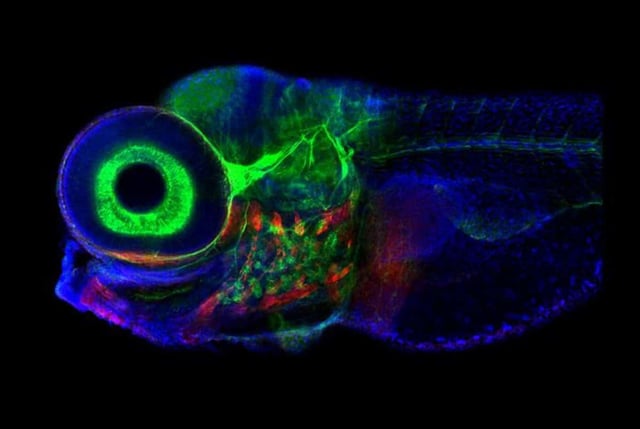Overview
- Scientists used zebrafish larvae to study how brainstem neurons control gaze and short-term memory through feedback loops.
- The team built a computational model based on the zebrafish's neuronal wiring, which accurately predicted brain activity patterns.
- Zebrafish are an effective model organism due to their simple neural anatomy, with only 500 neurons in the brainstem controlling eye movement.
- Findings may inform future treatments for eye movement disorders, such as strabismus and nystagmus, by targeting specific malfunctioning neurons.
- The research provides a framework for understanding more complex brain systems involving short-term memory, such as speech and visual processing.
